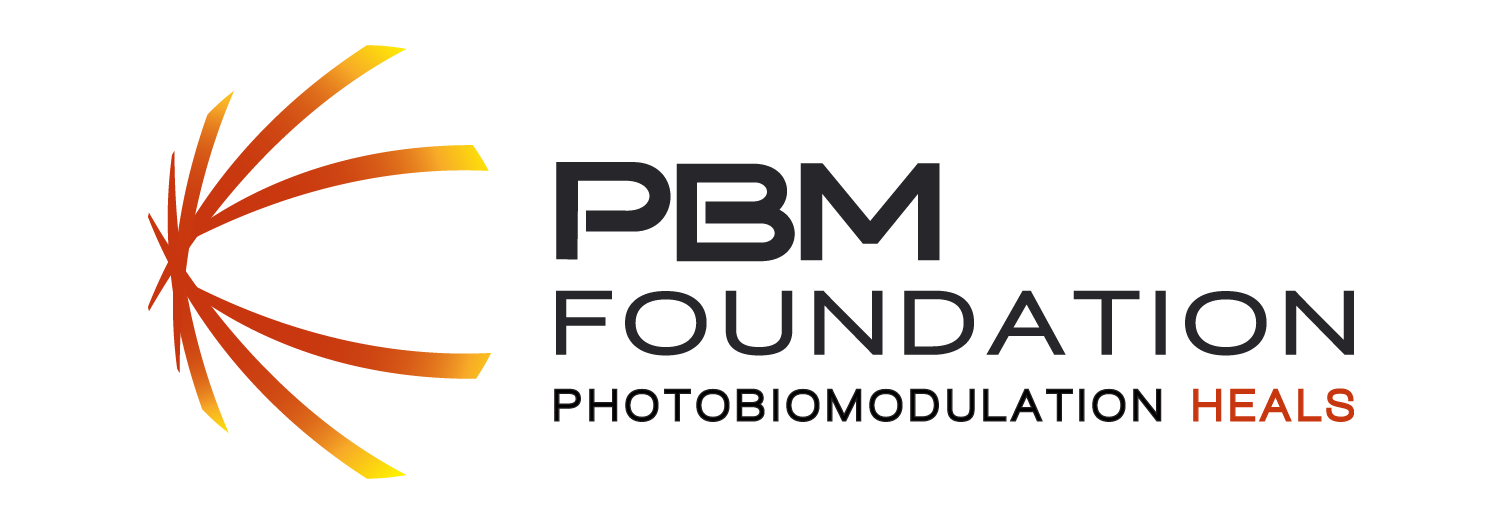Photobiomodulation for Neurodegenerative Diseases
Abstract
Neurodegenerative diseases involve the progressive dysfunction and loss of neurons in the central nervous system and thus present a significant challenge due to the absence of effective therapies for halting or reversing their progression. Based on the characteristics of neurodegenerative diseases such as Alzheimer’s disease (AD) and Parkinson’s disease (PD), which have prolonged incubation periods and protracted courses, exploring non-invasive physical therapy methods is essential for alleviating such diseases and ensuring that patients have an improved quality of life. Photobiomodulation (PBM) uses red and infrared light for therapeutic benefits and functions by stimulating, healing, regenerating, and protecting organizations at risk of injury, degradation, or death. Over the last two decades, PBM has gained widespread recognition as a non-invasive physical therapy method, showing efficacy in pain relief, anti-inflammatory responses, and tissue regeneration. Its application has expanded into the fields of neurology and psychiatry, where extensive research has been conducted. This paper presents a review and evaluation of studies investigating PBM in neurodegenerative diseases, with a specific emphasis on recent applications in AD and PD treatment for both animal and human subjects. Molecular mechanisms related to neuron damage and cognitive impairment are scrutinized, offering valuable insights into PBM’s potential as a non-invasive therapeutic strategy.
Read more on pbmfoundation.org or download the PDF
